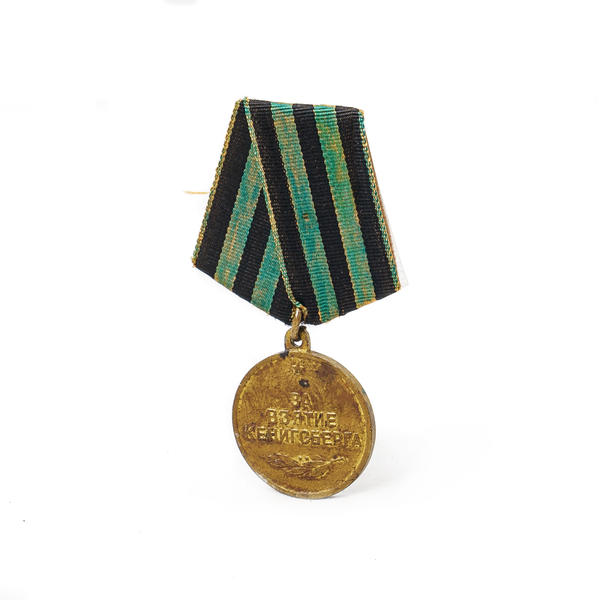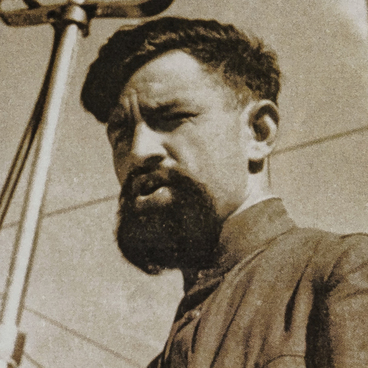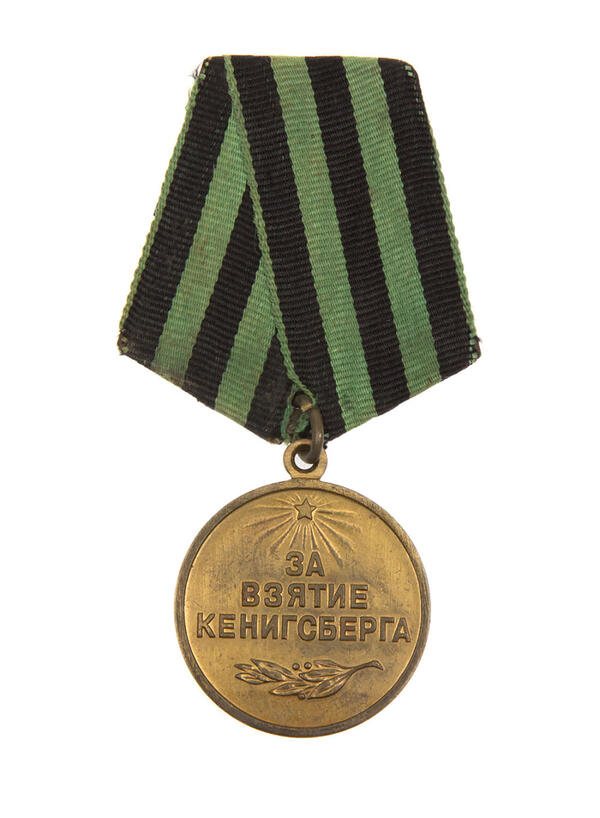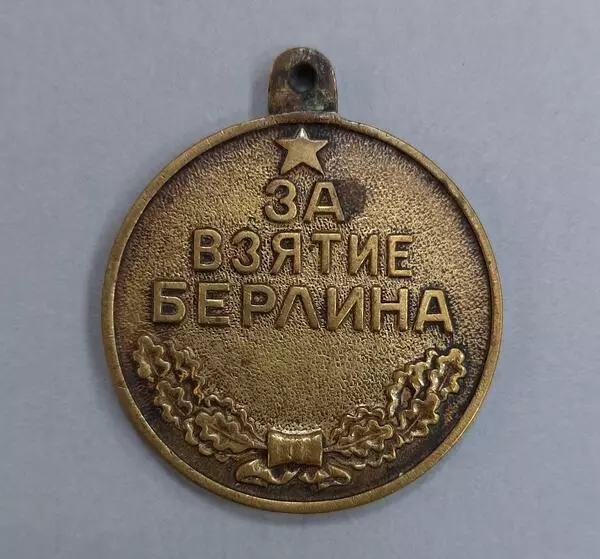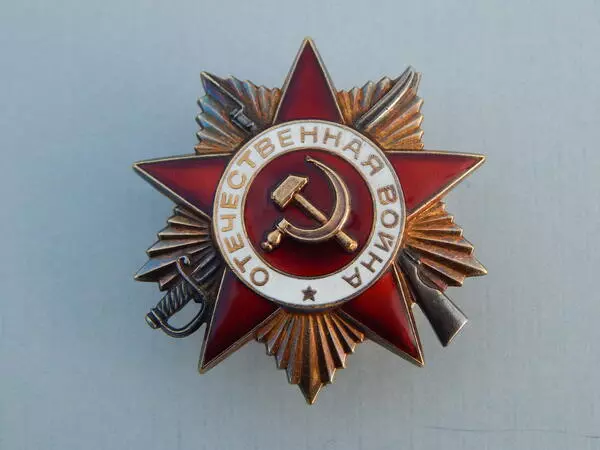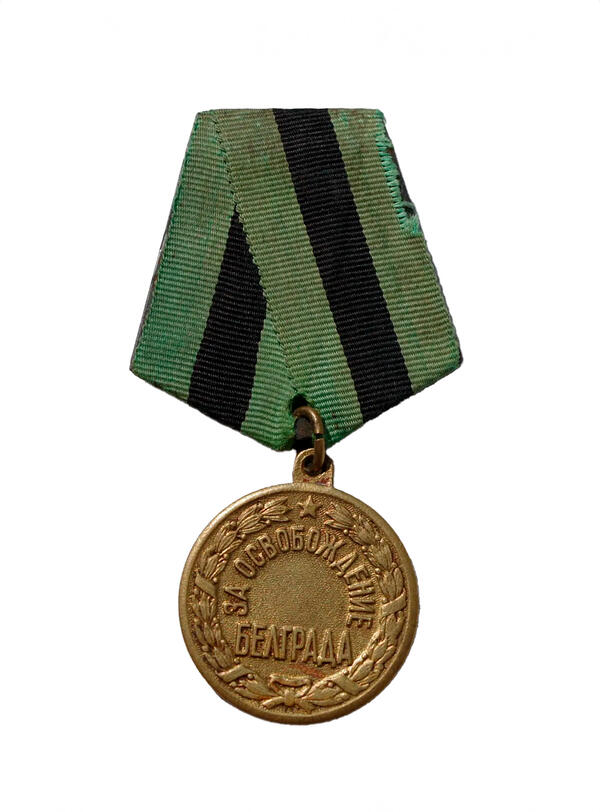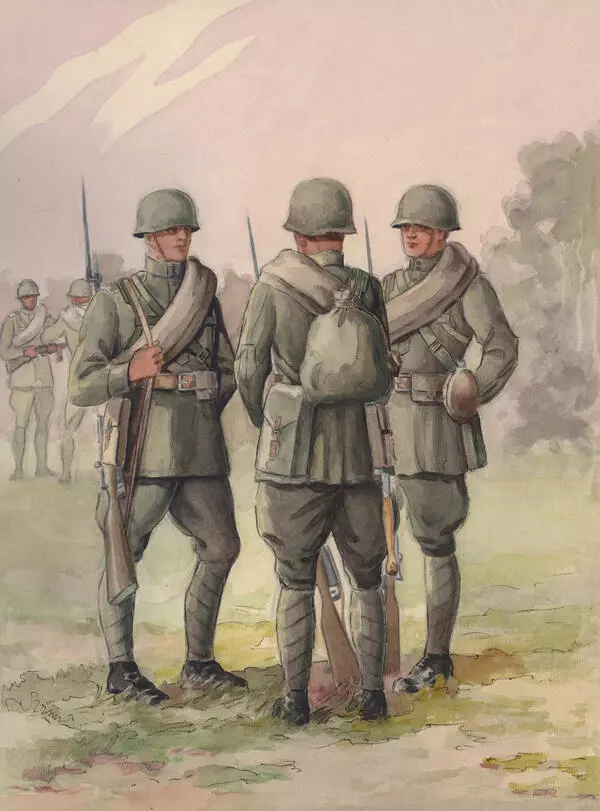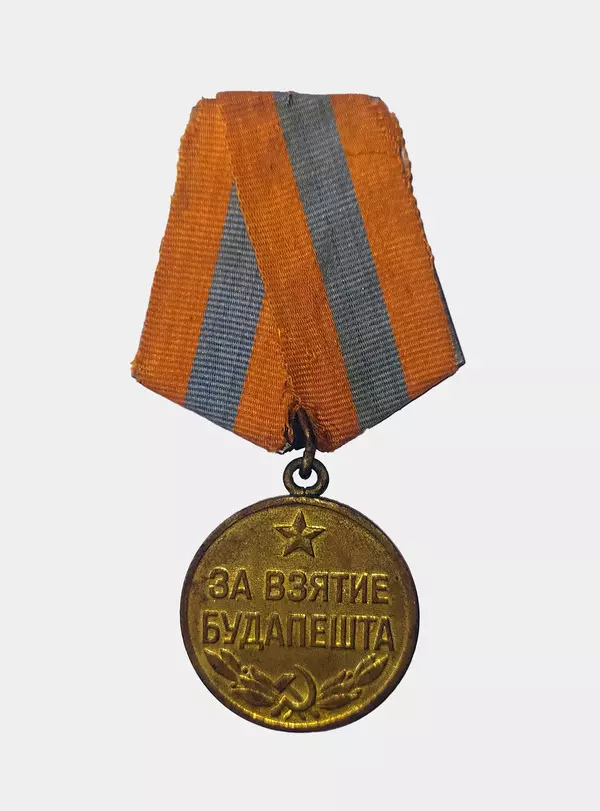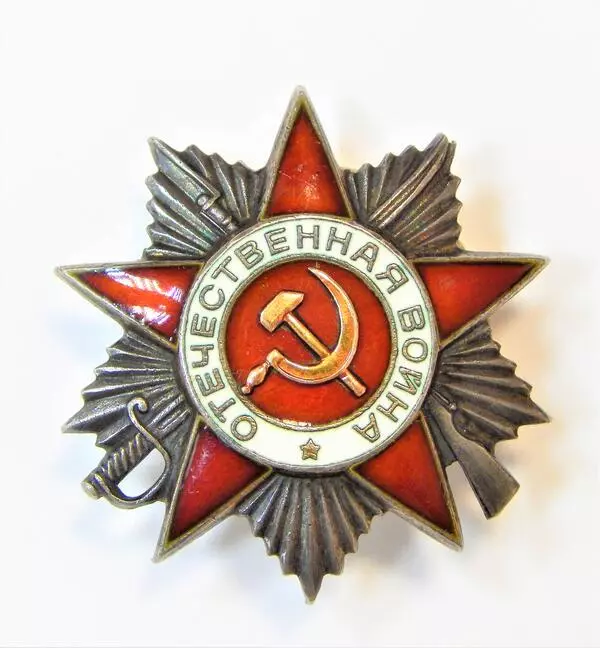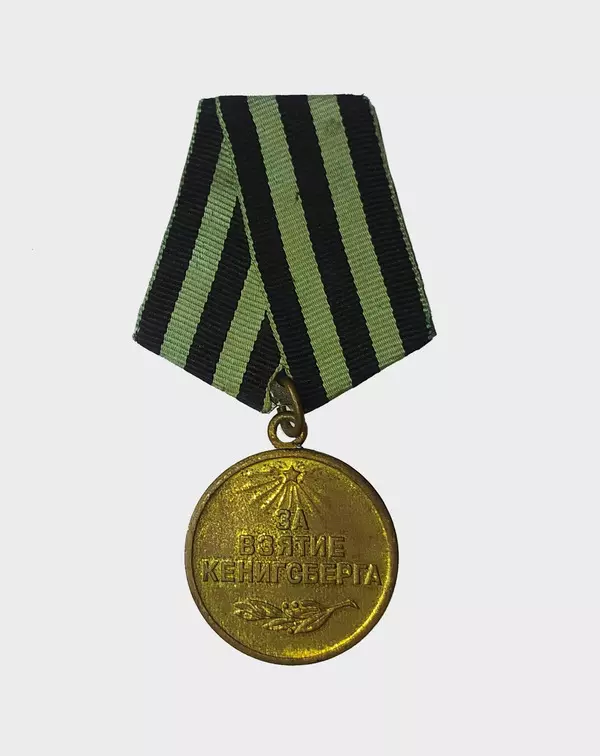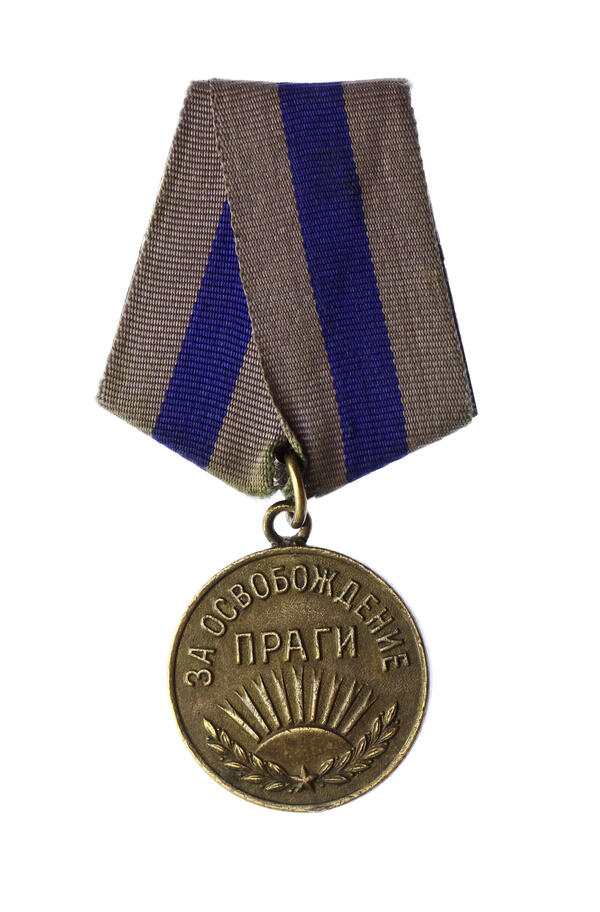Koenigsberg is the heart of East Prussia, a fortress erected in the 17th century, rebuilt in the period from 1843 to 1882. From times immemorial the city served as a starting point to Germans preparing an offensive against the eastern states. Here army units and combat materiel were concentrated.
To seize control over Koenigsberg meant to cut the ground from under the feet and inflict significant damage on the strategic disposition of the enemy. Aware of that the Wehrmacht command tried to reinforce avenues of approach to the fortress city by encircling it with three defence rings in the hope to withstand a long-term siege.
The first ring was equidistant from the city by approximately 15 km. There were 15 fortifications along the defence line. These small fortresses were fully manned and equipped with artillery and ammunition. The second defensive ring made of reinforced concrete and stone fortifications adapted for accurate fire went along the perimeter of the populated point, while the third one tightly encircled the city’s central citadel. Koenigsberg’s air was protected by two hundred German aircraft.
The assault on Koenigsberg was undertaken by Marshal of the Soviet Union Alexander Ivanovich Vasilevskiy, Commander-in-Chief of the 3rd Byelorussian Front. The First Baltic Front led by Marshal Bagramyan joined the troops of the Byelorussian Front. The operation named as the East Prussian offensive commenced in the spring of 1945, on April 6.
For the successful encirclement and destruction of the German groupings it was decided to move from the south and from the north simultaneously, as well as to deliver an attack on the city of Pillau. The advance of Soviet troops was covered by the air force led by Air Marshal Alexander A.Novikov.
Assigned to storm the fortress city were 104 groups, three engineer combat brigades, 26 assault parties and such combat materiel as more than 500 tanks and 2400 aircraft. The first to launch the offensive were the tanks and infantry.
Despite the fierce resistance of Hitler’s forces the troops of the Soviet Army advanced steadily towards the citadel breaking through the enemy firing positions. On April 8 Germans rejected the proposal to surrender. However, on the next day heavy bombardment and an assault made the citadel garrison surrender. General Otto Lasch signed the act of capitulation. Defending Koenigsberg fascists lost 42 thousand men.
To award the participants of the storm who displayed courage and bravery, as well those who perished in East Prussia the USSR Government instituted a medal For the Capture of Koenigsberg. At first a drawing by N.I.Moskalyov was approved. But the decision was revised and the portrait medallist Alexander Ivanovich Kuznetsov became the author of the sketch and draft.
760 thousands of people were awarded the Medal For the Capture of Koenigsberg.
To seize control over Koenigsberg meant to cut the ground from under the feet and inflict significant damage on the strategic disposition of the enemy. Aware of that the Wehrmacht command tried to reinforce avenues of approach to the fortress city by encircling it with three defence rings in the hope to withstand a long-term siege.
The first ring was equidistant from the city by approximately 15 km. There were 15 fortifications along the defence line. These small fortresses were fully manned and equipped with artillery and ammunition. The second defensive ring made of reinforced concrete and stone fortifications adapted for accurate fire went along the perimeter of the populated point, while the third one tightly encircled the city’s central citadel. Koenigsberg’s air was protected by two hundred German aircraft.
The assault on Koenigsberg was undertaken by Marshal of the Soviet Union Alexander Ivanovich Vasilevskiy, Commander-in-Chief of the 3rd Byelorussian Front. The First Baltic Front led by Marshal Bagramyan joined the troops of the Byelorussian Front. The operation named as the East Prussian offensive commenced in the spring of 1945, on April 6.
For the successful encirclement and destruction of the German groupings it was decided to move from the south and from the north simultaneously, as well as to deliver an attack on the city of Pillau. The advance of Soviet troops was covered by the air force led by Air Marshal Alexander A.Novikov.
Assigned to storm the fortress city were 104 groups, three engineer combat brigades, 26 assault parties and such combat materiel as more than 500 tanks and 2400 aircraft. The first to launch the offensive were the tanks and infantry.
Despite the fierce resistance of Hitler’s forces the troops of the Soviet Army advanced steadily towards the citadel breaking through the enemy firing positions. On April 8 Germans rejected the proposal to surrender. However, on the next day heavy bombardment and an assault made the citadel garrison surrender. General Otto Lasch signed the act of capitulation. Defending Koenigsberg fascists lost 42 thousand men.
To award the participants of the storm who displayed courage and bravery, as well those who perished in East Prussia the USSR Government instituted a medal For the Capture of Koenigsberg. At first a drawing by N.I.Moskalyov was approved. But the decision was revised and the portrait medallist Alexander Ivanovich Kuznetsov became the author of the sketch and draft.
760 thousands of people were awarded the Medal For the Capture of Koenigsberg.


